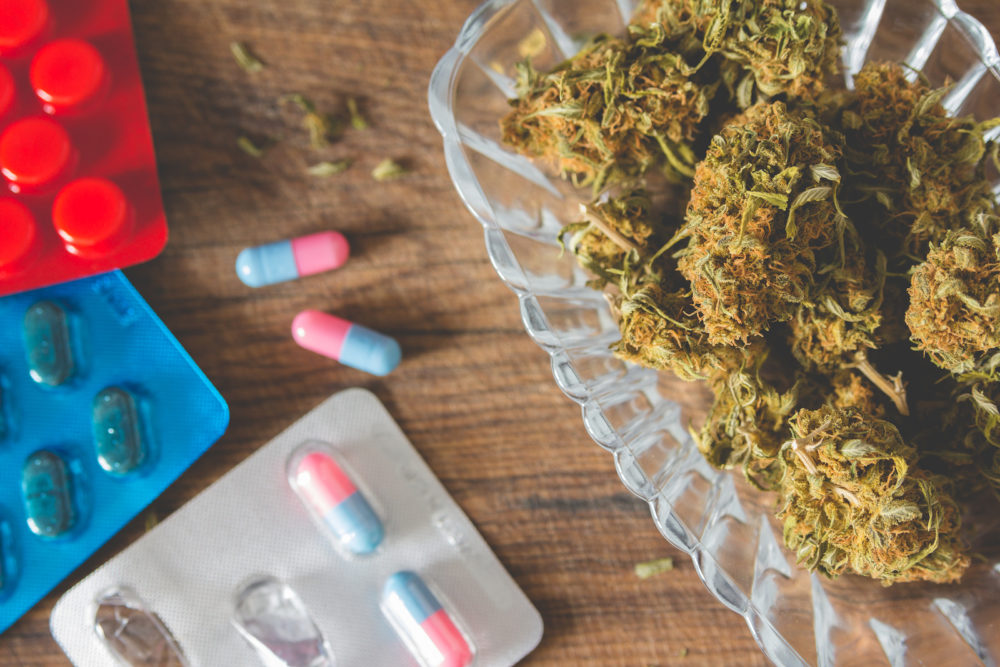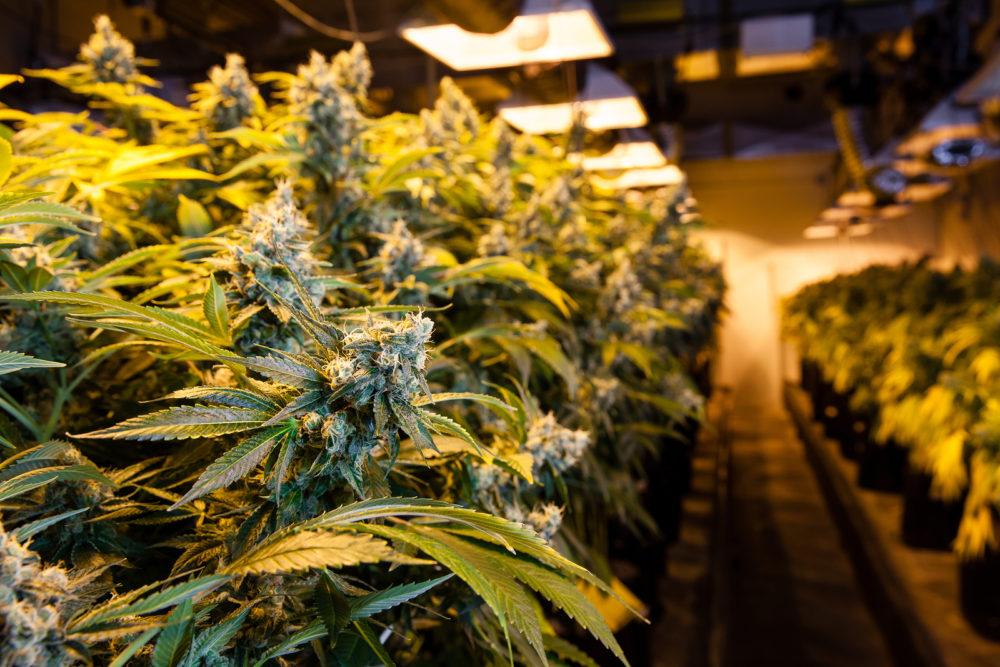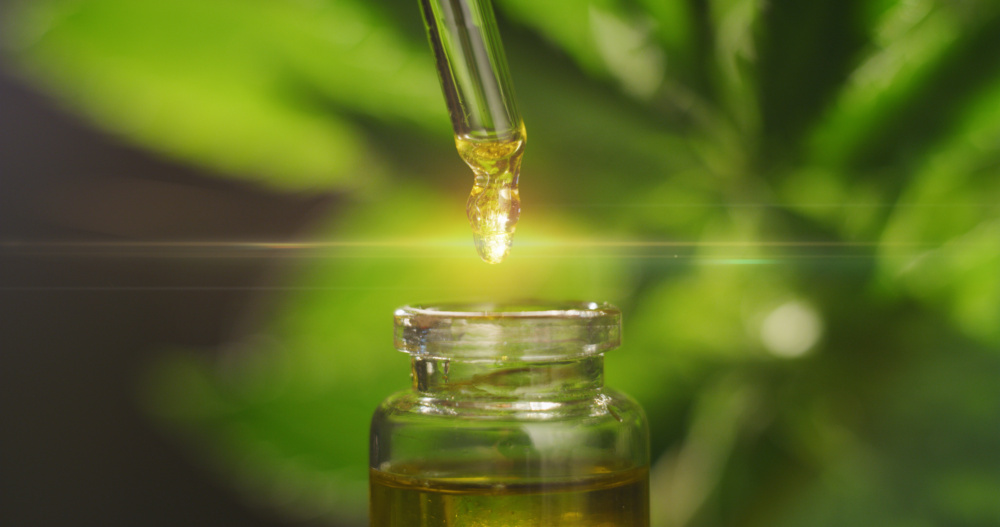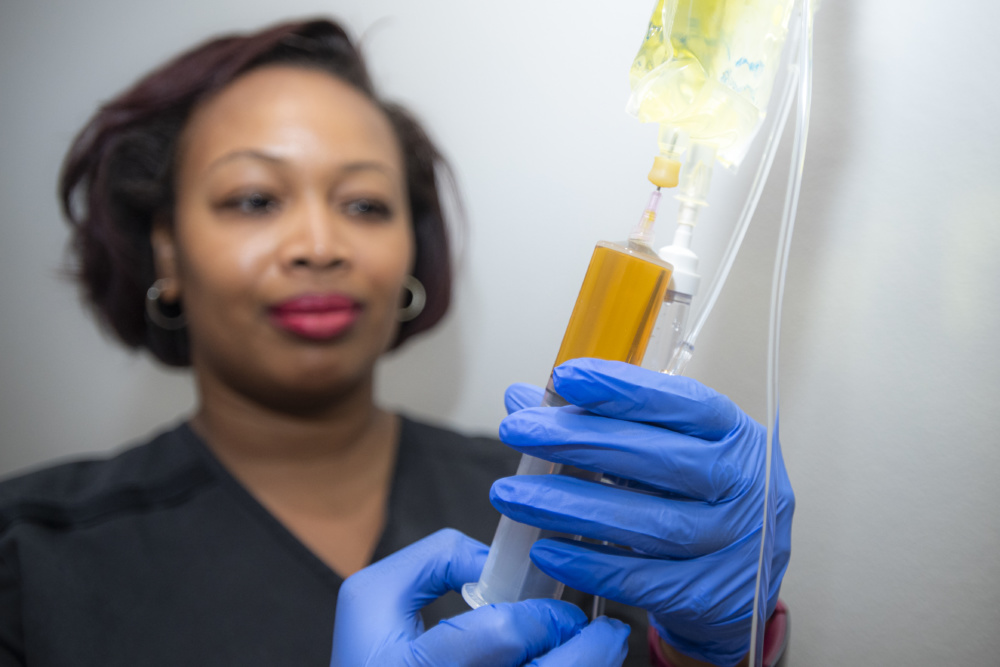What is known as marijuana is only one variety of Cannabis sativa. Hemp, another variety of Cannabis sativa lacking properties of intoxication and euphoria, is known for high tensile strength fibers ideal for making rope and other textiles. Hemp seeds and sprouts are a nutritionally complete food offering high quality protein and beneficial omega-3 fatty acids.
Only recently have the potential medicinal benefits of each of these strains of cannabis, and many new varieties in between, been fully recognized.
The remarkable difference between marijuana and hemp has to do with the presence or absence of one of two enzymes.
Both strains of cannabis contain a chemical substance called cannabigerol (CBGA). The form of cannabis used for recreational marijuana contains an enzyme called THCA synthase which converts CBGA into tetrahydrocannabinol, better known as THC. Instead, the species of cannabis used for hemp contains CBDA synthase, which converts the CBGA into cannabidiol (CBD). Marijuana contains both THC and CBD, but hemp contains almost exclusively CBD; THC occurs in only very trace amounts. With that said, there are many strains in between with varying concentrations of THC and CBD.
THC is the infamous substance found in marijuana that is associated with euphoric and intoxicating properties. THC mimics a natural mood altering substance in the body called anandamide. Having normal levels of anandamide in the brain is associated with a rosy disposition. Because THC binds to anandamide receptors (CB1 receptors) in the brain differently than anandamide, an exaggerated or euphoric response occurs, or you get high.
“A very versatile plant, cannabis has been used for food, medicine, religious and spiritual purposes, industrial fiber, and recreational use”
There are different receptors for cannabinoid compounds (CB receptors) found throughout the body and scientists are still sorting out how it all works. CB1 receptors are found in high concentrations in the brain and nervous system. CB2 receptors are found predominantly within the lower body and immune system. Endocannabinoids–natural cannabinoid-like compounds including anandamide–appear to work by modulating or modifying the activity of other neurotransmitters in the body, not by acting directly.
 Cannabidiol (CBD) has very different properties than THC. It binds very weakly to to both CB1 and CB2 receptors in the brain, both mildly stimulating and blocking the receptors at the same time. This results in the body creating more CB1 and CB2 receptors, upregulation. More receptors means that the body becomes more sensitive to natural endocannabinoids, anandamide and others, already present in the body. The end result of taking CBD is an uplifted mood and improved pain tolerance without euphoria. Unlike many drugs, the longer CBD is used, the greater the benefit.
Cannabidiol (CBD) has very different properties than THC. It binds very weakly to to both CB1 and CB2 receptors in the brain, both mildly stimulating and blocking the receptors at the same time. This results in the body creating more CB1 and CB2 receptors, upregulation. More receptors means that the body becomes more sensitive to natural endocannabinoids, anandamide and others, already present in the body. The end result of taking CBD is an uplifted mood and improved pain tolerance without euphoria. Unlike many drugs, the longer CBD is used, the greater the benefit.
CBD also modulates other receptors in the body. Modulation of the 5-HT1A receptor, involved with serotonin, provides anti-anxiety, antidepressant, and neuroprotective properties. Modulation of opioid receptors provides pain relief and anti-inflammatory properties. CBD is neither stimulating nor sedating, but use of CBD can result in improved sleep at night.
The fact that CBD has the potential to relieve pain without causing euphoria or intoxication makes it interesting from a medicinal point of view. CBD-rich cannabis extracts containing negligible amounts of THC are legal in all fifty states and around the world. It can be shipped across state lines.
“Hemp seeds and sprouts are a nutritionally complete food offering high quality protein and beneficial omega-3 fatty acids”
Beyond THC and CBD, Cannabis sativa contains offer chemical substances offering medical properties. THC is the only one with intoxicating properties, and a host of antioxidant and anti-inflammatory substances common to other herbs and fruits are found in the plant. These substances are there to protect the plant, but anyone consuming the plant also gains benefit.
How Medicinal Cannabis is Administered
Recreational cannabis is generally inhaled as a vapor or smoke, except for those brownies you hear about. Inhalation provides a rapid peak in blood levels, or a high, that are ideal for recreational purposes, but less useful for medicinal purposes, as blood levels are only sustained for a short period of time.
“THC is the only one with intoxicating properties, and a host of antioxidant and anti-inflammatory substances common to other herbs and fruits are found in the plant”
Cannabinoids are fat soluble compounds, they dissolve in oil. For medicinal purposes, cannabis extracts are dissolved in oils, such as ghee or coconut oil, and administered orally by dropper. Cannabis compounds are absorbed into the tissues of the mouth, under the tongue is ideal and the intestinal tract. This provides for a slower peak and prolonged dose response. Euphoria is not a targeted medicinal response; therefore, cannabidiol-rich cannabis with minimal or trace THC is preferred.
Cannabis Concerns
With the recent legalization of marijuana in several states and the legalization of CBD-rich, THC-free cannabidiol in all states, the industry has exploded.
Production methods and quality control in the industry are highly variable. Chemical solvents, including hexane, which can cause severe liver damage, are often used in the extraction process. Quality control and concentrations of CBD and THC vary widely between producers and even within same products. If cannabis is considered for medicinal use, it is very important to find a pure product.
It should be noted that recreational use of marijuana, high THC, low CBD cannabis, does result in dependence. While this may be the case, it is a different and not as debilitating dependence than one would have with narcotics or alcohol. Chronic use of THC may be associated with atrophy in certain areas of the brain and reduction of certain cognitive functions. At this point, studies are not conclusive.
The Bottom Line
Though medical cannabis is an option to watch, right now practicality is an issue. THC-free cannabidiol (CBD) products are legal in all fifty states, but the cost of quality products is high. A month of product with high enough concentrations of CBD to be therapeutically beneficial can run $300-800. With that said, CBD alone may not be enough. It appears that cannabis with high concentrations of CBD, but also containing some THC, not enough to cause euphoria, offers the greatest medicinal value. However, these forms of cannabis are not legal in most states and are very expensive otherwise.
For more information visit Vital Plan. Vital Plan is a wellness company committed to offering quality natural supplements and credible health information to help people improve their lives.
Vital Plan was founded by Dr. Bill Rawls to increase awareness about chronic illness and offer his personal journey through Lyme disease and fibromyalgia as an inspiration and learning experience for others.







Recent Comments